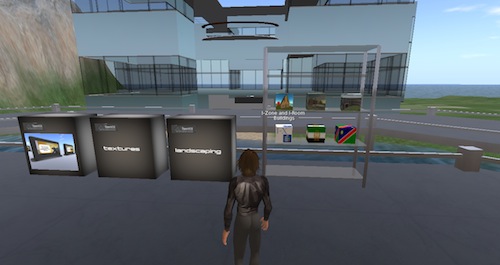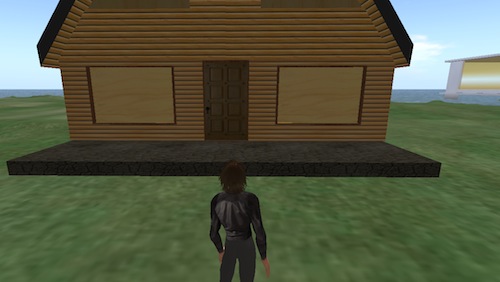This post originally appeared over at our sister site, Metaverse Health
There’s not a lot to add to the great description provided by the creators:
“Between Worlds: A Journey of Hope†is a machinima produced by Panacea Luminos of NY HealthScape (USA) filmed and edited by Aliceinthenet (UK) and written by Skylar Smythe (Canada).  The inspirational piece is a story of cancer survival and accessing health information, supports and friendship in the virtual world of Second Life.   We invite you to visit: http://tinyurl.com/3esr334 to view the film and encourage your feedback and comments.
There’s four parts, which you can see below:










Recent Comments